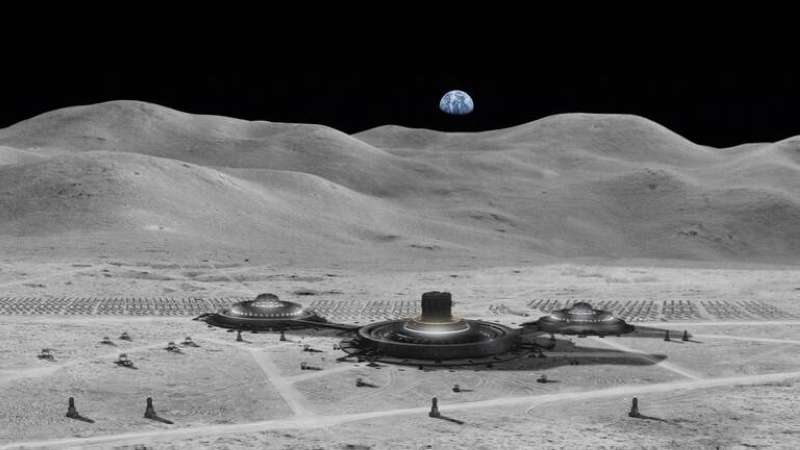08/10/2023
08/10/2023

KUWAIT CITY, Oct 8: The United States Space Agency has allocated $60 million to a construction technology firm to construct a lunar dwelling by 2040, suitable for both astronauts and everyday tourists.
The strategy involves dispatching a substantial 3D printer to the moon, utilizing lunar concrete derived from rocks, metal fragments, and lunar dust to construct the surface structure layer by layer.
NASA is collaborating with universities and private enterprises to manufacture doors, tiles, and furniture for the lunar residence. The plans are at a nascent stage, with design concepts available from 2022, offering a glimpse of what the residence could potentially resemble. However, the concept might evolve over the ensuing decade.
ICON, a company based in Austin, Texas, which secured a NASA contract in 2022, leverages its proficiency in terrestrial 3D printing and fabricates opulent residences layer by layer using its "The Vulcan" system. All elements of the house, such as walls and roofs, are printed separately and subsequently assembled.
The printer can produce these structures in less than 48 hours. ICON has been engaged in the realm of 3D printing since 2018, constructing over 100 residences in North Austin.
Raymond Clinton, 71, Deputy Director of the Office of Science and Technology at NASA's Marshall Space Flight Center, stated to the New York Times, "When we talk about sustainable human presence, to me that means you have a lunar settlement and you have people living on Earth." He continued, "They work on the moon continuously. What this could be is up to the imagination of the entrepreneurs."
ICON stressed the necessity for improved infrastructure to counteract heat, radiation, and micrometeorites. Initially, NASA must prepare landing pads for rockets to transport the 3D printer to the moon. These stations will be distanced from habitats to mitigate the dust stirred during landing and takeoff.
ICON's co-founder and CEO, Jason Ballard, emphasized, "To change the paradigm of space exploration from there and back there to stay, we will need systems that are robust, flexible, and capable of broadly utilizing the local resources of the Moon and other planetary bodies."
ICON intends to evaluate its printer at NASA's Marshall Space Flight Center in the following February to ascertain its performance in vacuum conditions and space radiation levels. However, all progress will halt until NASA readies landing pads on the moon.
NASA has scheduled the second phase of the "Artemis" mission for 2024, intending to send astronauts around the moon. Subsequently, in 2025 or 2026, the space agency will return humans to the moon through the "Artemis 3" mission.


